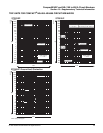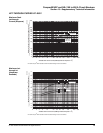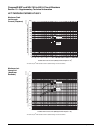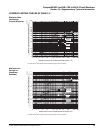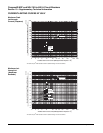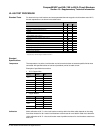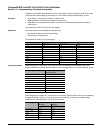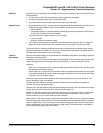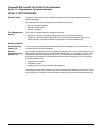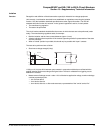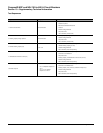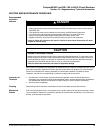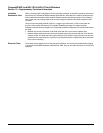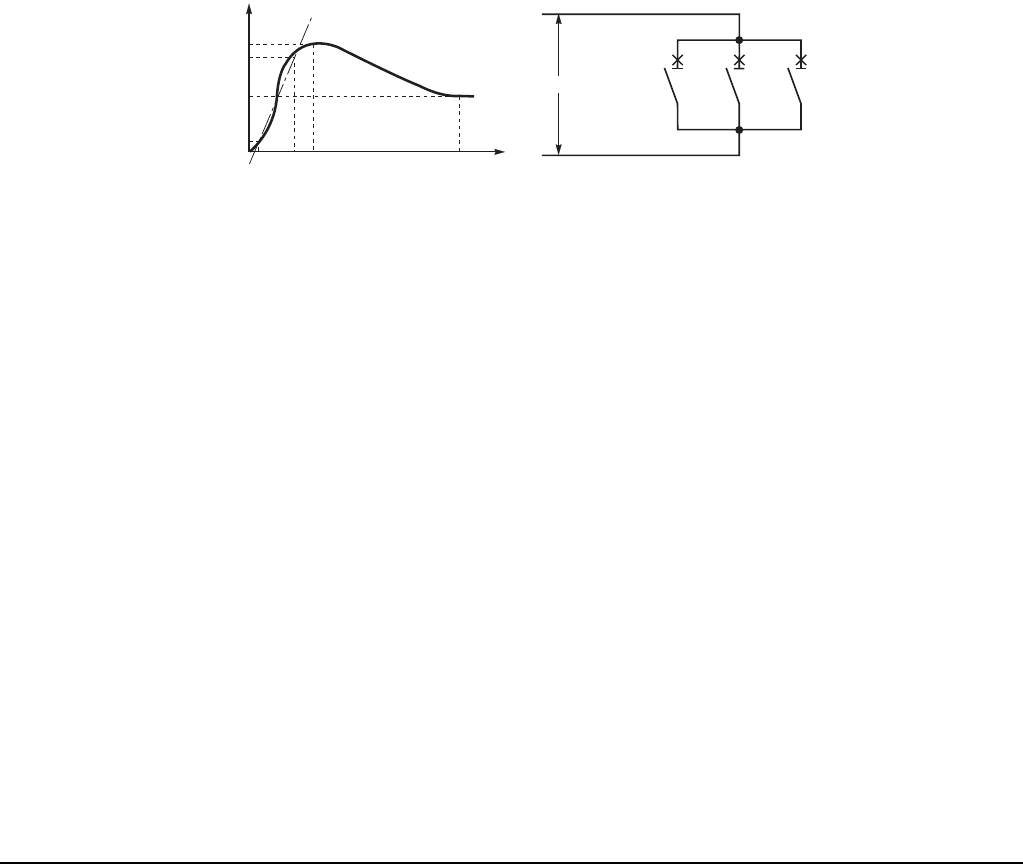
Compact® NSF and NSJ 150 to 600 A Circuit Breakers
Section 13—Supplementary Technical Information
© 1995–2003 Schneider Electric All Rights Reserved
71
Isolation
Function Recognition and definition of the disconnection capacity for industrial low-voltage equipment:
Until recently, circuit breaker standards have established no regulations concerning the isolation
function. Only the installation standards provided some rather vague information. The IEC 947
standard takes this function into account. In the "general regulations" section, it clearly states:
• The manufacturing regulation
• The tests to be performed
The circuit breaker standard should define the manner in which the tests are to be performed (under
study). The manufacturing regulations state, for example:
• Both the isolation and the inner contact distances (open > 8 mm)
• A device indicating the true position of the contacts (operating handle if representative of the state
of all the contacts)
• When a "locked" position is provided, this should only be possible with "open" contacts
The tests to be performed are as follow:
• Shock wave voltage strength (Uimp)
1.2/50 μs–12.3 kV plus 25% between open contacts in comparison with devices not fitted with the
applied isolation function according to the figure below. The test is validated if no triggering occurs
between the contacts.
• Measurement of leakage current—under 110% of the device application voltage, maximum leakage
currents proposed per pole:
— 0.5 mA new device
— 2 mA device after Ics
— 6 mA device after Icu or after endurance tests, representative of the "end of service life."
0t1 t2
0.1
0.5
0.9
U
1.2
50
V
tμs
12.3 kV
Uimp
06153226



